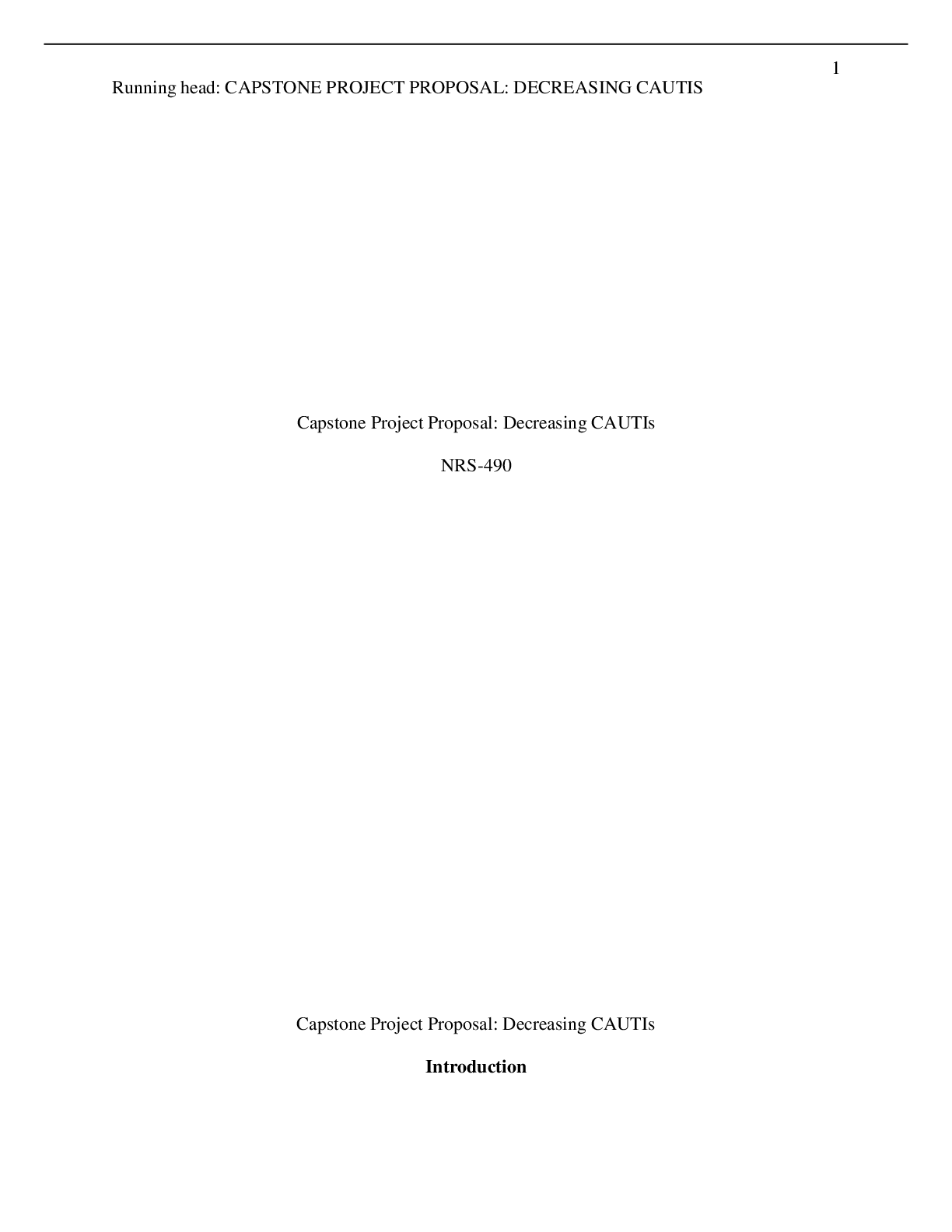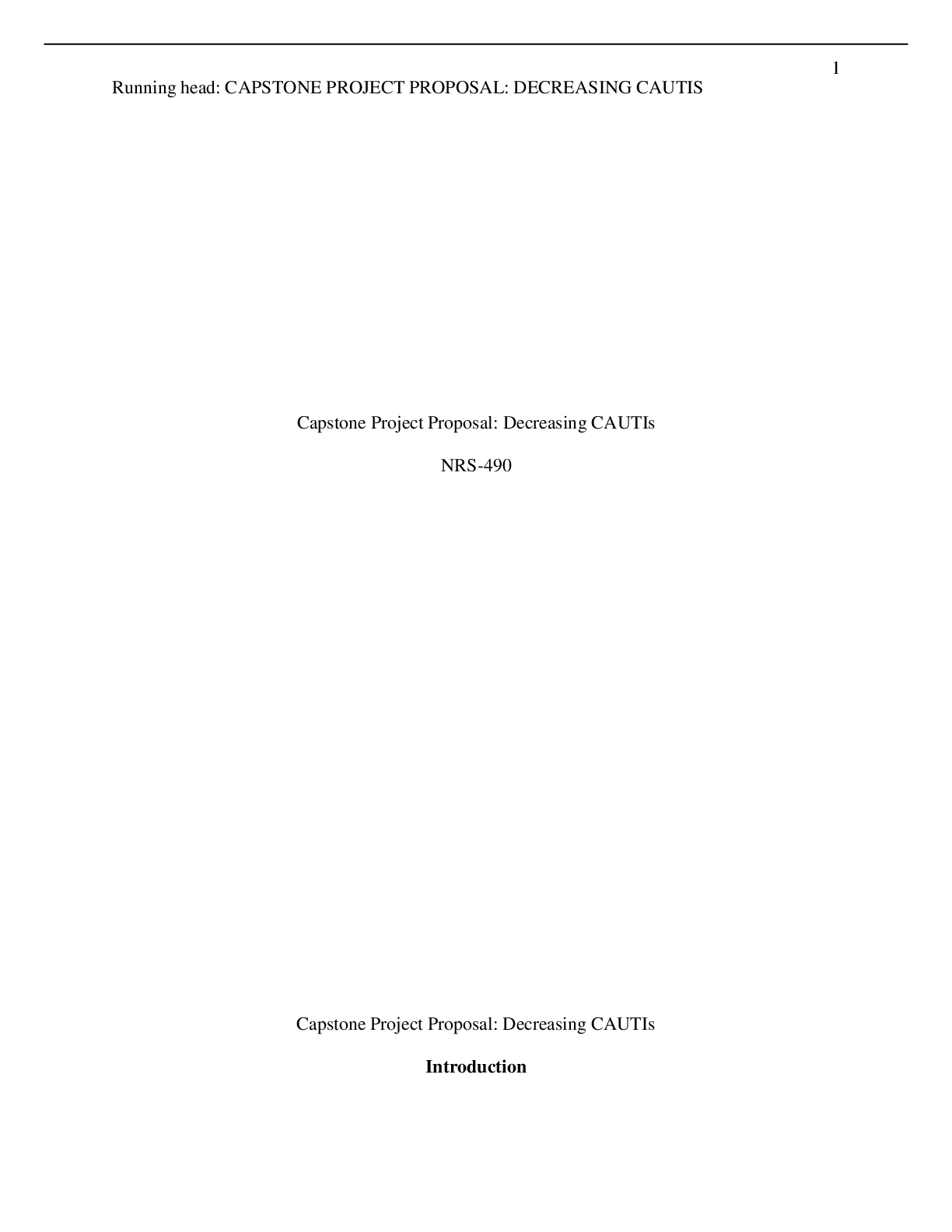CAPSTONE PROJECT PROPOSAL: DECREASING CAUTIS
Course
Music
Subject
Chemistry
Category
Report
Pages
6
Uploaded By
ATIPROS
Preview 2 out of 6 Pages


Download all 6 pages for $ 9.50
Reviews (0)
$9.50
